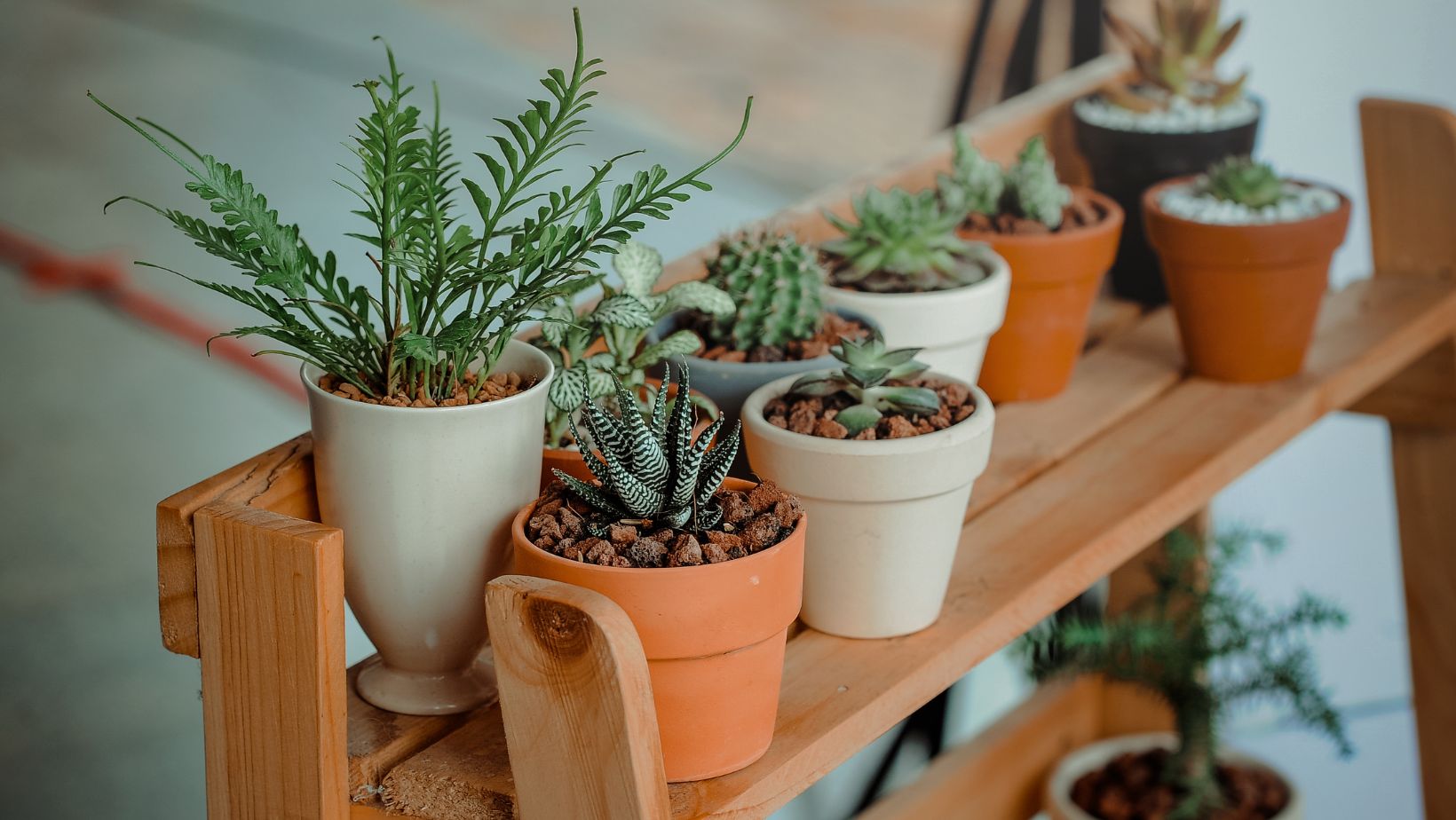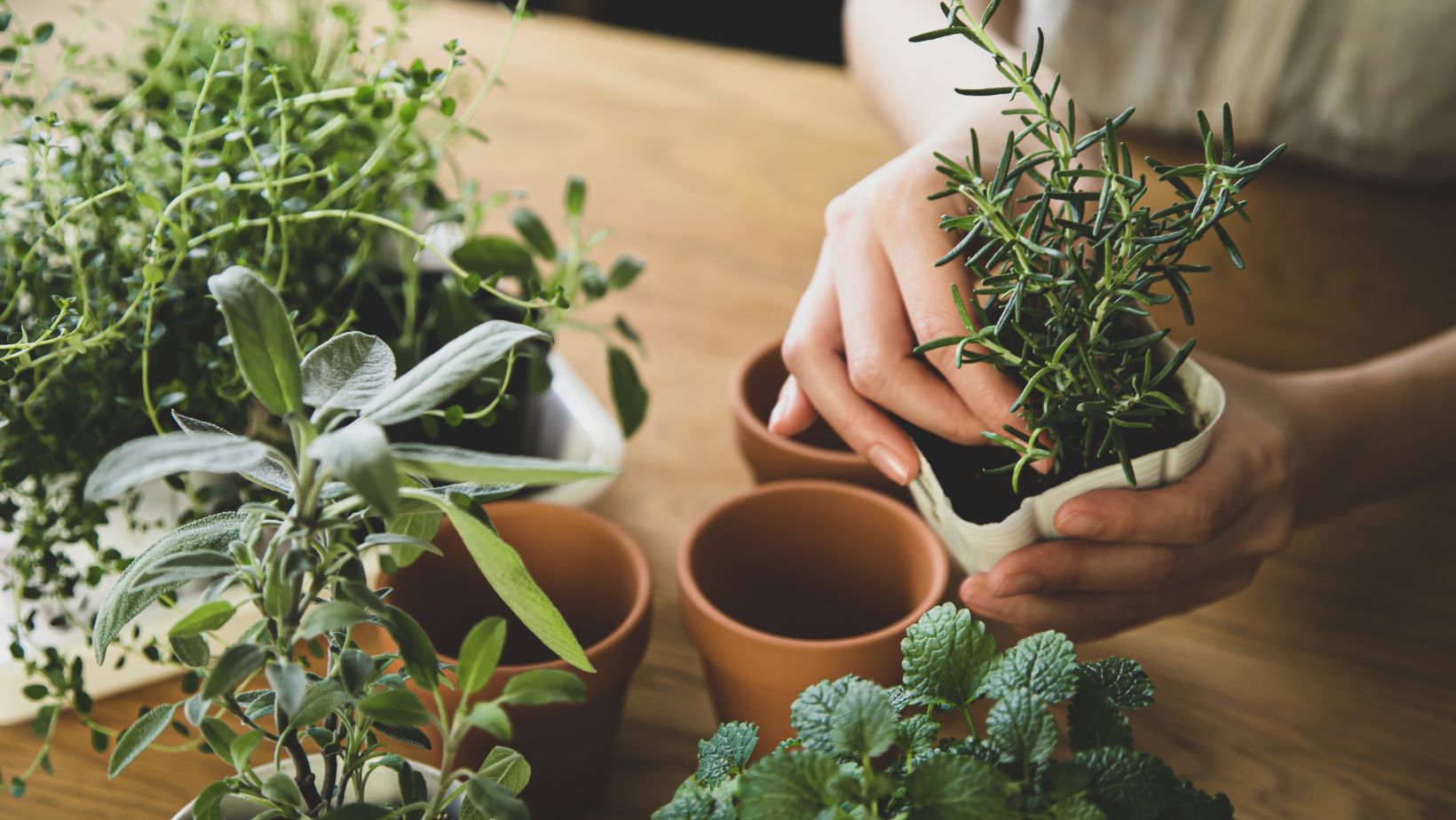
Hoya plants, often affectionately referred to as “wax plants,” have garnered a dedicated following among houseplant enthusiasts. With their unique foliage and stunning flowers, these tropical vines add a touch of beauty to any indoor space. This guide aims to equip you with everything you need to know about purchasing Hoya plants, from understanding their characteristics to finding the best varieties.
Understanding Hoya Plants
Hoya plants are part of the Apocynaceae family and originate from the tropical areas of Asia, Australia, and the Pacific Islands. They are notable for their sturdy, glossy leaves and clusters of star-like flowers that can appear in various colors such as white, pink, red, and yellow. As epiphytes, Hoya plants usually grow on other plants or surfaces, employing their thick stems for climbing. This climbing nature enables them to flourish in diverse conditions, making them particularly suitable for indoor settings.
Growing Hoya plants offers numerous benefits. First, they are known for their air-purifying qualities, helping to improve indoor air quality. Additionally, they are low-maintenance, making them suitable for both novice and experienced plant parents. With their long-lasting flowers and attractive foliage, Hoya plants also add a vibrant aesthetic appeal to any room.
Types of Hoya Plants
When exploring the types of Hoya plants, you’ll find many popular options to choose from:
- Hoya carnosa (Wax Plant): Perhaps the most recognized Hoya, this variety features thick, waxy leaves and produces clusters of pink or white star-shaped flowers. It’s known for its resilience and can thrive in various lighting conditions.
- Hoya pubicalyx (Shooting Star Hoya): This variety boasts elongated leaves that can have a beautiful splash of silver on their surface. Its flowers are typically dark red or maroon, creating a striking contrast against the foliage.
- Hoya bella (Small-leaf Hoya): Hoya bella is a compact variety that features smaller, heart-shaped leaves. This plant is appreciated for its delicate, fragrant flowers that often bloom in clusters, adding a sweet scent to your space.
- Hoya kerrii (Sweetheart Plant): Recognizable by its distinct heart-shaped leaves, Hoya kerrii is often given as a gift for Valentine’s Day. It can be found in both variegated and non-variegated forms and is known for its easy care.
Rare and Unique Hoya Varieties
For the avid collector, exploring rare Hoya varieties can be thrilling:
- Hoya sumatranus: This rare variety features elongated leaves with a striking color pattern. It produces fragrant, star-shaped flowers that can be challenging to find in stores.
- Hoya shepherdii (Porcelain Flower): This variety is known for its unique trailing growth habit and beautiful clusters of flowers that resemble porcelain in texture.
- Hoya multiflora (Tropical Hoya): With its large, fragrant blooms and robust growth, Hoya multiflora is a stunning addition to any collection. It thrives in high humidity, making it perfect for bathroom or kitchen environments.

Hoya plants are known for their diversity in leaf shapes and colors. While many are familiar with the classic green leaves, you can also find variegated varieties with splashes of cream or yellow. Leaf shapes can range from heart-shaped to elongated or even oval, allowing for unique combinations that cater to individual tastes.
Where to Purchase Hoya Plants
One of the best places to start your Hoya journey is at local nurseries and garden centers. Shopping locally allows you to inspect the plants in person, ensuring you choose a healthy specimen. Staff members can often provide valuable information and tips on plant care.
If you’re unable to find specific varieties in your area, numerous reputable online plant retailers offer a wide selection of Hoya plants. Websites such as Etsy, Amazon, and specialty plant shops often feature both common and rare types. While online shopping is convenient, ensure you read reviews and check seller ratings to avoid potential pitfalls.
For those seeking unique and rare varieties, visiting specialty plant shops is highly recommended. These shops often have knowledgeable staff who can provide guidance on care and propagation. Plus, you may discover Hoya varieties that are hard to find elsewhere.
Tips for Selecting Healthy Hoya Plants
When selecting a Hoya plant, it’s crucial to inspect it closely. Look for vibrant, healthy leaves that are free from spots or discoloration. Check for any signs of pests, such as webbing or tiny insects, and ensure the soil is not overly saturated or dried out.
Purchasing from reputable sellers is essential. Whether shopping locally or online, research the seller’s background and customer feedback. Look for transparent return policies and guarantees, which can provide peace of mind with your purchase.
Propagation and Growth
Hoya plants can be easily propagated from cuttings. Select a healthy stem with a few leaves, cut just below a node, and place the cutting in water or directly into the soil. Ensure it is kept in a warm, humid environment until roots develop.
To encourage your Hoya plants to bloom, ensure they receive adequate light and avoid excessive nitrogen fertilizers, which can lead to lush foliage but fewer flowers. Regular pruning can also stimulate new growth and flower production.
Conclusion
Hoya plants offer a unique combination of beauty and ease of care, making them a delightful addition to any indoor garden.

By exploring the diverse types of Hoyas available and understanding where to find the best varieties, you can cultivate a thriving collection. Whether you’re a novice or an experienced plant enthusiast, these stunning plants can bring joy and vibrancy to your home.


















